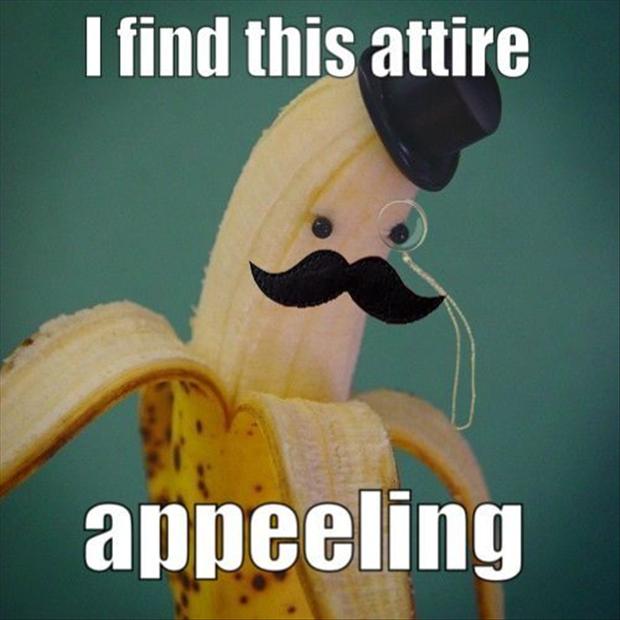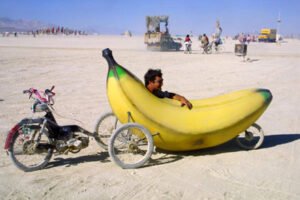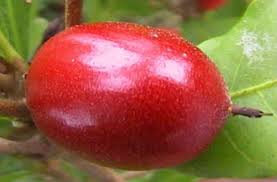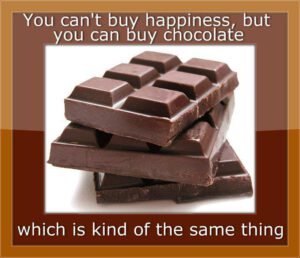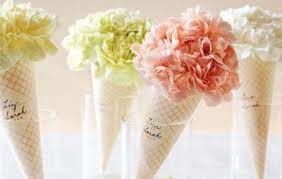Have you ever wondered why the bananas that you can buy from supermarkets and green grocers always look and taste the same? Unlike from most fruit and vegetables which can vary in taste, color, shape and size, bananas are nearly always the same. There’s a reason for this too. Nearly all bananas that we eat today are clones, and we can be thankful that they are. So why are bananas clones?
The most popular banana consumed worldwide is the Cavendish banana. Over the preceding 7000 years, humans have been selectively breeding bananas to the point of what we have today. Compared to wild ones, the berry (that’s right, bananas are a berry, not a fruit) they are nearly all flesh with very few seeds. The wild bananas actually contain a lot of large seeds and very little edible flesh. Looking at wild bananas we can be thankful that our ancestors have been selectively breeding this particular food. So that explains why the banana we eat today is like it is, but it doesn’t really explain why they are practically copies of one another.
Why are bananas clones?
The seeds in bananas are not fertile, meaning if they are planted they will not grow. The banana plant is actually grown from an already growing plant. They are taken from a cutting of an already growing plant, and then either grafted or planted to grow a plant. That means that all existing bananas are genetically identical. While not necessarily a clone as with Dolly the sheep, the fact that they are genetically identical is proof enough that all bananas are clones, a bit like the first cloned animal ever.
Oh, by the way. You’re peeling your bananas wrong. Watch the video below to learn how monkeys do it correctly. I’ve tried it myself, and it works brilliantly.

